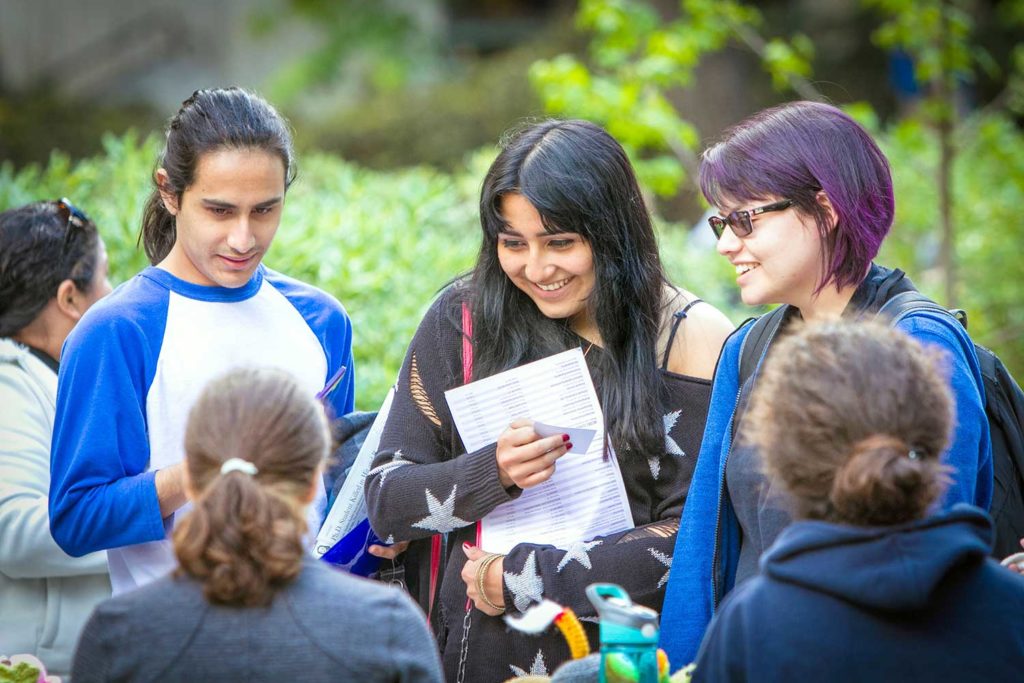At university, the Arts and Humanities is a programme with courses which combine different fields of study to develop a holistic perspective. Arts and Humanities programmes and courses are typically related to those of literature, the arts, history, and philosophy.
In courses and degree programmes, these disciplines are used to create cross working skills and show students how these specific fields interact with each other in the real world.
- Examples of these courses include playwriting, international film, and world culture.
Advancing Multiple Learning Skills
Undergraduate and graduate degree programmes in Arts and Humanities are available in most western countries. The purposeofthese programmes is to advance multiple learning skills related to critical thinking, analysis, writing and research.
Arts and Humanities undergraduatecourses examine and study the evolution of human behaviour, thought, and creativity. These courses normally explore more than the one field so as to reveal how they can collectively influence and reflect society.
Multiple Viewpoints
The teaching of this subject attempts to get students to correctly analyse various situations from different perspectives with enhanced clarity. Arts and Humanities courses at employ practices from more than just the one field of study, show how separate disciplines can be combined so as to increase the full comprehension of a specific topic or work.
Similarities between different disciplines (theater and literature, for example), can be used to generate new genres and work opportunities.
Techniques and Ideas
A number of courses in humanities look at the idea of social justice and expression via different art forms. For example, a class in international film methods may enlighten students with aspects of foreign culture, film making techniques, and historical art movements all at the very same time.
- A course in feminist studies may show how literature, television programming and the visual arts have been utilised to express the various themes behind women’s rights.
- Some other courses may show how social science ideas related to economics and business practices can help to mould class divisions in society.
In the majority ofArts and Humanities courses, the students will get to make use of more than just the one set of learning skills. For example, a course in aesthetics might teach them how to properly recognise key characteristics of major art movements, as in the Early Renaissance.
And in the very same class, students can also research and develop projects which are based on acertainartist, whichwill help them to establish their oral presentation and writing skills.
- They can learn to examine why an artist chooses to select a particular technique and why societies are more inclined to interpret a work’s effect in this or that fashion.
Popularity
And even though the career paths for Arts and Humanities degrees aren’t as conspicuous as that of a science based or vocational degree, it doesn’t mean they are less popular!
Millions of students globally and on an annual basis choose to study subjects which come under the category of Arts & Humanities.

